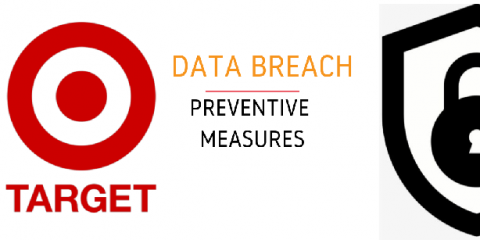Weekly Cyber Security News 08/02/2019
A selection of this week’s more interesting vulnerability disclosures and cyber security news. Some absolute gems this week – that’s a bad thing, right? As the stakes rise for security risk and disclosure, two articles tweaked my attention on how it can sometimes not go right; for both sides. Something we all have to learn and build upon errors.









